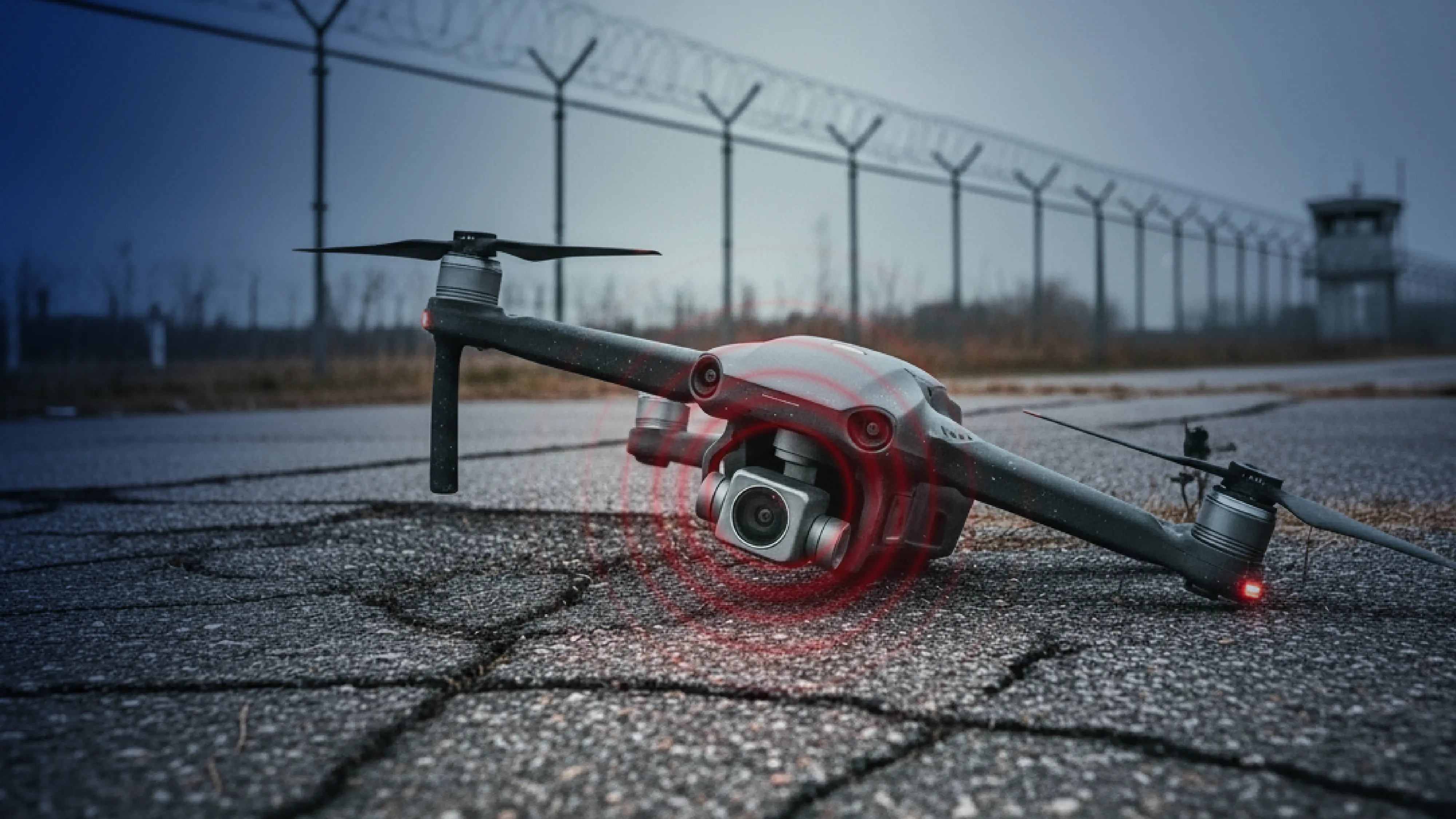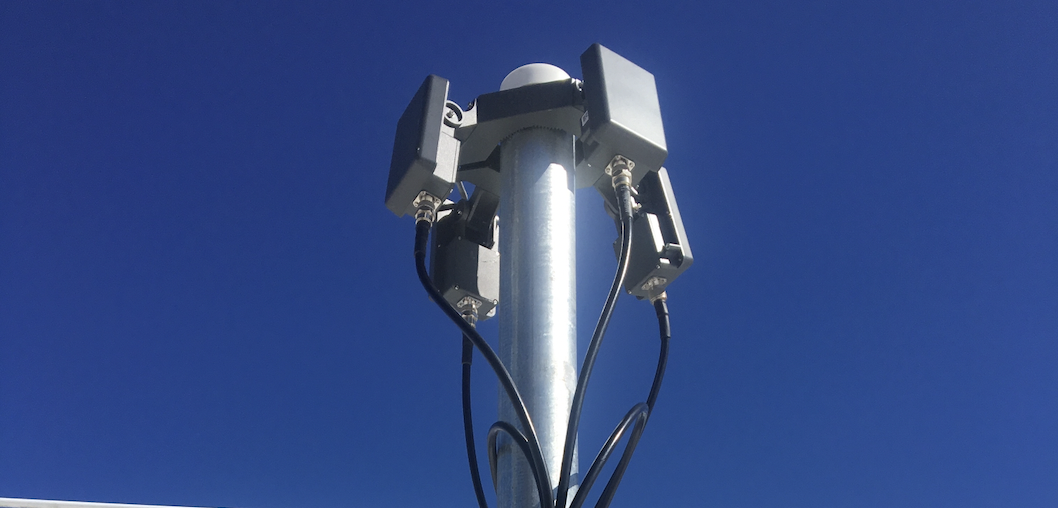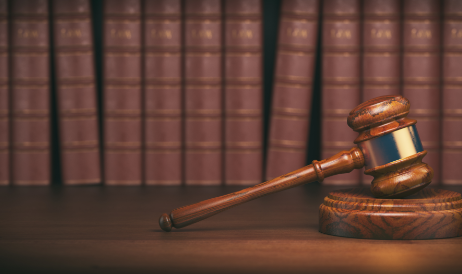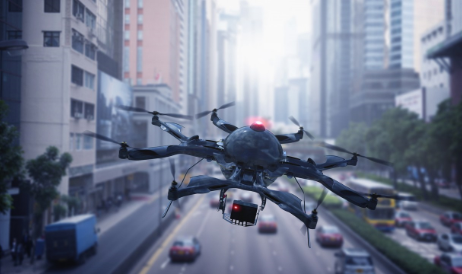One of the most frequent questions from prospects is: “Can your system disable or jam a rogue drone?” It’s a fair question - after all, detecting a threat is only part of the solution. But the legal landscape in the U.S. is complex and heavily constrained.
Before diving into tech, security leaders need to understand who can legally mitigate a drone, under what circumstances, and what role a detection/tracking system must play to support lawful actions.
Federal Legal Framework for C-UAS in the U.S.
-
The 2020 Interagency Advisory on UAS Detection & Mitigation
In August 2020, DOJ, FAA, DHS, and FCC jointly issued a legal advisory to clarify how federal laws apply to non-federal (private, state, local) entities contemplating drone detection or mitigation.
Key takeaways from that advisory:
- Detection and tracking of drones is broadly permissible, but active interference (jamming, seizure, disabling) is tightly restricted.
- Use of RF-based detection or communication interception can implicate Wiretap Act / Pen/Trap statutes if not properly permitted.
- Entities must avoid interfering with aviation safety, navigation, or airspace operations - coordination with FAA is required.
-
FAA’s C-UAS Policy & Airport Context
Federal Aviation Administration guidelines restrict mitigation capabilities for non-federal entities. The FAA states it does not support the use of C-UAS mitigation (jamming, disabling, etc.) by private or local operators, leaving active countermeasures exclusively in the hands of authorized federal entities.
Additionally, airports operating under Part 139 must maintain a UAS Response Plan that includes detection, reporting, and restoration of normal operations.
-
Statutory Authorities: Section 124(n), Title 49, and Related Laws
Under Section 124(n) of the Homeland Security Act, DHS and DOJ have authority to detect, identify, monitor, track, and - under strict limitations - disrupt or disable drones that pose a “credible threat” to covered facilities or assets.
However:
- The authority is tightly controlled and typically requires high-level departmental approval.
- Use of force, takeover, or disabling of a UAS must consider aviation safety and coordination with FAA.
- This authority is time-limited and subject to legislative renewal (currently forecast to expire unless extended).
Also, the FAA Reauthorization Act has provisions that allow the FAA to test counter-UAS operations and extend limited authority.
Who Can Legally Mitigate Drones (and Where)
- Federal entities: DHS, DOJ, Department of Defense - authorized to take active measures in national security, critical infrastructure, or defense assets.
- State or local authorities: Currently very limited; in some legislative proposals and pilot programs, DHS may authorize certain mitigation operations at critical sites. For example, recent bills propose allowing state & local partners to mitigate under controlled conditions.
- Private entities: Typically cannot use jamming or disabling tools. Their legal role is detection, tracking, coordination, and forwarding of actionable intelligence to authorities.
|
Risk |
Description |
|
Interference with aviation |
Aggressive mitigation could disrupt manned aircraft safety |
|
Violation of communications laws |
Unauthorized interception or disruption can violate Wiretap / Pen/Trap laws |
|
Liability for damage |
If mitigation causes collateral damage, liability may accrue |
|
Statutory expiration |
Federal mitigation authorities can lapse if not reauthorized (as seen recently) |
|
Lack of authority awareness |
Clients expecting full mitigation may misconfigure systems in breach of law |
A 2025 legal analysis underscores this complexity, stressing that many existing laws limit both detection and mitigation for non-federal actors.
Where Detection & Tracking Fits - The Legal Foundation
Since private entities can rarely act unilaterally to disable drones, detection and tracking become the backbone of compliant defense. A lawful “first line of defense” must provide:
- Reliable evidence (time, geolocation, telemetry, radar/RF/optical data)
- Chain-of-custody readiness for law enforcement
- Situational awareness to prioritize threats and escalate when permitted
- Integration and co-ordination with law enforcement or DHS
In short: your system must be a trusted, defensible intelligence tool, not a rogue weapon.
How to Design a Legally-Compliant C-UAS Strategy
- Always coordinate with FAA when deploying sensors in national airspace
- Make sure all mitigation features are modular, switchable, and disabled by default
- Be transparent about escalation protocols and have governance controls (who can authorize mitigation steps)
- Log and preserve evidence proactively
- Train operators on legal boundaries and accountability procedures
Why AirSight Is the Right Foundation
AirSight isn’t built to break rules - it’s built to operate within them while giving you maximum defensive leverage.
- Detection-first architecture: All tracking, classification, and alerting functions are fully legal in private and public settings.
- Mitigation-ready but modular: Mitigation capabilities (if ever authorized) can remain disabled until properly enabled under law.
- Audit trails & compliance: Every action is logged, timestamped, and exportable for investigative or legal needs.
- Integrates with authority workflows: Escalation paths feed directly into law enforcement systems.
- Updates with legal shifts: When law or counter-UAS frameworks evolve, AirSight can adapt - feature gating, policy enforcement, and safe upgrade path.











